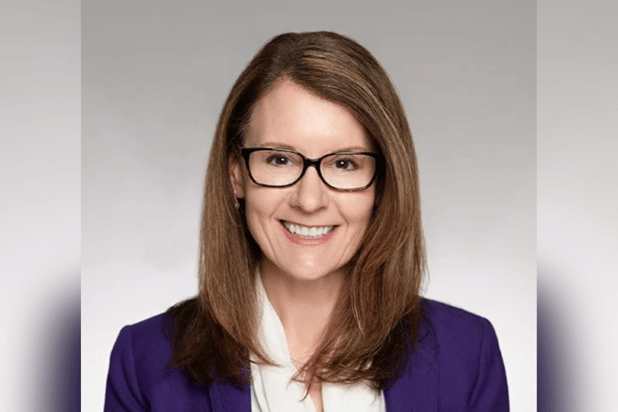

More alignment is needed between insurers and brokers to tackle some of the greatest challenges the insurance industry has ever faced, and to be able to meet clients’ needs in a changing and uncertain risk landscape.
In an interview with Insurance Business, McGrath named climate-driven extreme weather events as the most pervasive risk today.
“The external factors facing us range from geopolitical and economic risks to climate regulation. We have continued hard market conditions, with reduced capacity and reinsurers looking to cover their cost of capital,” she said.
“While no individual factor is new for our industry, it's just a much faster or accelerated pace it's coming at us, and more importantly, coming at our clients.”
This dynamic is putting pressure on the traditional risk model, forcing the industry to be innovative in addressing new challenges, she added.
“Climate is one of, if not the most pervasive threat to the industry and to our economy,” McGrath said. “What’s alarming to me is that a nominal fluctuation in the environment can result in such an increase in the intensity and the frequency of events.”
North America saw about $102 billion in insured losses from natural catastrophe events in 2022, McGrath noted, with Hurricane Ian being the single costliest event last year.
“It’s putting pressure on reinsurers over the capacity they can deploy to ensures they can get the returns and are here for their clients in the future,” the CEO continued. “At Swiss Re, we are very, very focused on modelling and finding solutions for our clients to react to [climate risks].”
Strong alignment down the insurance value chain is vital, especially when it comes to eliminating inefficiencies. Increased agility allows organizations to better share technology and data, two things McGrath considers “key enablers” to success.
“While we’re very much aligned on this topic [with brokers], I just don’t think we are collaborating enough,” she said. “There are pain points from the submission of a risk all the way through to the issuance of a policy.
“I've been in insurance for almost 30 years,” McGrath continued. “I have been impressed by how the industry has been able to react. I think my only frustration is the speed within which we react in this environment.”
Collaboration, specifically around data and technology, is an area brokers should focus on with insurers.
“We must react faster on behalf of our customers. There just needs to be more collaboration and more digitalization. We need turn the tides to become less reactive and more preventative as we look to be a trusted adviser to our clients, in partnership with our brokers,” said McGrath.
“We truly want the industry to partner across the value chain. If we can lift our clients, the entire industry will be lifted.”
With hard market conditions and volatility expected to continue, McGrath said Swiss Re Corporate Solutions is taking creative measures to ensure clients have the protection they need.
Often, the measures call for alternative risk solutions that are structured to the specific needs of the individual corporate.
“The conversations typically lead to some combination of a captive with an integrated risk program. It allows the corporate client to determine the level of risk they want to retain, and the level of risk they want to transfer,” she said.
“When it comes to an appetite for frequency, or an appetite for true severity and volatility, each balance sheet looks a little bit different. So, truly collaborating with our clients around what that appetite is, is very, very important to us.”
McGrath and her team are also leveraging parametric solutions, which help plug gaps in a client’s coverage.
“The three most interesting things about [parametric solutions] are that it’s completely straightforward, transparent, and not tied to direct loss,” she said.
Whatever the future holds for Swiss Re Corporate Solutions and its clients, McGrath rests assured that the hard work they have put in over the past several years has placed them advantageously against unexpected risks.
“Our focus over three years ago was to put ourselves in a better place to react to uncertain conditions. The transformation we underwent a few years ago allowed us to be in a stronger financial position,” the CEO told Insurance Business. “Now we enter 2023 in a position to react faster and more readily for our clients.
“When I think what we need to keep doing, it’s really that direct collaboration with our partners and clients to react to these conditions and allow our corporates to take more control over their risk, their resilience, and their destiny.”
Do you agree with McGrath’s perspective on the risk landscape? Let us know your thoughts below.
